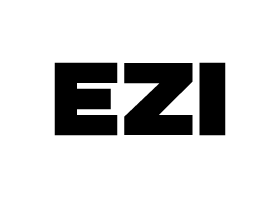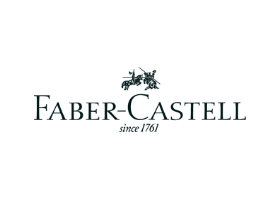English
- استرجاع مجاني وسهل
- أفضل العروض
المواصفات
| الناشر | Dover Publications Inc. |
| رقم الكتاب المعياري الدولي 13 | 9780486472140 |
| اللغة | الإنجليزية |
| وصف الكتاب | Geared toward students preparing to teach high school mathematics, this text is also of value to professionals, as well as to students seeking further background in geometry. It explores the principles of Euclidean and non-Euclidean geometry, and it instructs readers in both generalities and specifics of the axiomatic method. Well-written and accessible, the text begins by acquainting students with the axiomatic method as well as a general pattern of thought. Subsequent chapters present in-depth coverage of Euclidean geometry, including the geometry of four dimensions, plane hyperbolic geometry, and a Euclidean model of the hyperbolic plane. Detailed definitions, corollaries, theorems, and postulates are explained incrementally and illustrated by numerous figures. Each chapter concludes with multiple exercises that test and reinforce students' understanding of the material. |
| المراجعة التحريرية | With academic authority and enjoyable style, assisted by numerous, well-chosen illustrations of gods and goddesses, Shaw's book is a lively introduction to its subject' - Current World Archaeology 'Provides an excellent introduction to the myths of ancient Egypt and is to be recommended to anyone who is trying to get their head around the subject' - Egyptian Archaeology 'The myths are presented here in a down-to-earth manner, consistent with the spirit of the texts, exposing the gamut of human emotion from the rage of the solar deity to the lamentations of the widowed Isis' - History Today |
| عن المؤلف | The late C. R. Wylie, Jr., taught for many years at the University of Utah, where he was Chairman of the Department of Mathematics. A Dover Original Clarence Raymond Wylie, Jr., had a long career as a writer of mathematics and engineering textbooks. His Advanced Engineering Mathematics was the standard text in that field starting in the 1950s and for many decades thereafter. He also wrote widely used textbooks on geometry directed at students preparing to become secondary school teachers, which also serve as very useful reviews for college undergraduates even today. Dover reprinted two of these books in recent years, Introduction to Projective Geometry in 2008 and Foundations of Geometry in 2009. The author is important to our program for another reason, as well. In 1957, when Dover was publishing very few original books of any kind, we published Wylie's original manuscript 101 Puzzles in Thought and Logic. The book is still going strong after 55 years, and the gap between its first appearance in 1957 and Introduction to Projective Geometry in 2008 may be the longest period of time between the publication of two books by the same author in the history of the Dover mathematics program. Wylie's 1957 book launched the Dover category of intriguing logic puzzles, which has seen the appearance of many books by some of the most popular authors in the field including Martin Gardner and, more recently, Raymond Smullyan. Here's a quick one from 101 Puzzles in Thought and Logic: If it takes twice as long for a passenger train to pass a freight train after it first overtakes it as it takes the two trains to pass when going in opposite directions, how many times faster than the freight train is the passenger train? Answer: The passenger train is three times as fast as the freight train. |
| تاريخ النشر | 21-May-09 |
| عدد الصفحات | 352 |
Foundations Of Geometry Paperback English by Clarence Raymond Wylie - 21-May-09
تمت الإضافة لعربة التسوق
مجموع السلة 0.00 ر.س.


























































































































